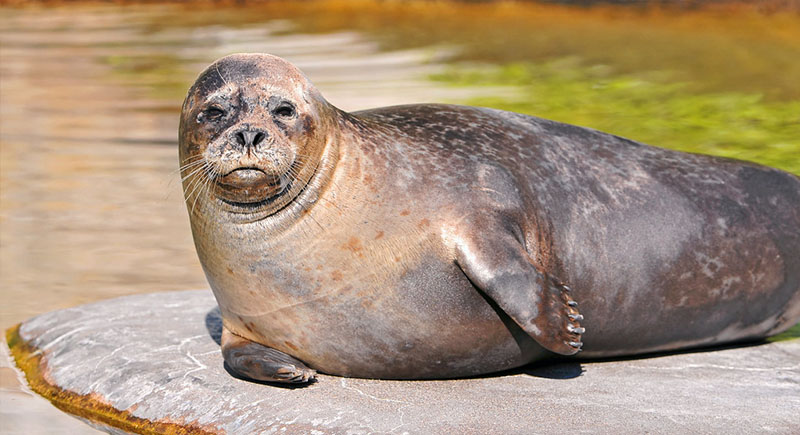In remote parts of the world, cooking isn’t just about food—it’s a way of life. Tribes have mastered unique techniques that turn nature into their kitchen, blending creativity with tradition. These methods not only preserve culture but also bring out incredible flavors. Here are some fascinating cooking techniques still practiced today.
Cooking Meat on Hot Stones (Maasai Tribe, Africa)

Credit: freepik
The Maasai tribe uses blazing hot stones heated in an open fire to cook meat directly. The intense heat sears the meat while locking in juices, creating a smoky flavor that’s unique to this method. Cooking this way eliminates the need for pans and celebrates the Maasai’s resourceful use of natural elements.
Clay-Coated Baking (Tribes in the Amazon)

Credit: pexels
Amazonian tribes cover fish or small animals in a thick layer of wet clay before placing them in a fire. The clay hardens as it bakes, steaming the food inside while protecting it from burning. When cracked open, the clay removes scales or fur, revealing tender, flavorful meat.
Underground Cooking with Heated Rocks (Hawaiian and Polynesian Tribes)

Credit: flickr
Hawaiian tribes dig a pit known as an imu to slow-cook food underground. Heated volcanic rocks are placed at the bottom, followed by food wrapped in banana leaves. Covered with soil, the pit traps steam for hours, infusing the food with earthy, smoky flavors. This method is often used for communal celebrations.
Ash Baking (Australian Aboriginal Tribes)

Credit: pexels
Aboriginal tribes place bread dough, yams, and other root vegetables directly in hot ashes. The ashes provide even heat, creating perfectly baked food with a rustic, earthy flavor. This minimalist approach highlights their deep connection to the land, using natural heat sources for nutritious meals.
Smoking Fish with Green Leaves (Tribes in Papua New Guinea)

Credit: Instagram
Tribes in Papua New Guinea smoke fish by wrapping it in green leaves and placing it over an open fire. The leaves release moisture and subtle aromas, adding depth to the dish while preserving it for days. This is the best way to make the most of their coastal resources in a humid climate.
Fermenting Birds in Sealskin (Inuit Tribes, Arctic)

Credit: flickr
The Inuit create kiviak by fermenting seabirds inside a hollowed-out sealskin. After sealing the skin, they bury it under rocks for months to ferment. The result is a highly nutritious, pungent dish that sustains them during harsh Arctic winters. This method reflects the Inuit’s ingenuity in preserving food without refrigeration.
Boiling Water with Hot Stones in Wooden Logs (Native American Tribes)

Credit: pixabay
Some Native American tribes use hollowed-out logs as cooking vessels. Heated stones are dropped into the logs, which are filled with water and ingredients like meat or grains. This technique boils food without the need for metal pots, showcasing remarkable resourcefulness and adaptability to their environment.
Sand Roasting for Coffee and Nuts (Bedouin Tribes, Middle East)

Credit: freepik
Bedouins use hot desert sand to roast coffee beans or nuts, burying them directly under the heated grains. The sand provides an even, all-encompassing heat that roasts the food perfectly. This portable style fits their nomadic lifestyle, requiring no specialized tools while delivering rich, roasted flavors.
Bamboo Cooking (Tribes in Southeast Asia)

Credit: flickr
Tribes in Southeast Asia cook rice, fish, and vegetables inside hollow bamboo stalks. The stalks are placed over a fire, where the bamboo traps steam and gently cooks the food. This technique adds a subtle woody aroma while keeping the food moist, combining flavor with eco-friendly practices.
Smoking Meat with Coconut Husks (Pacific Island Tribes)

Credit: pexels
Pacific Island tribes use smoldering coconut husks to smoke meat and fish. The husks burn slowly, producing steady heat and a sweet, nutty aroma that infuses the food. This style of cooking involves abundant local resources, creating delicious dishes while minimizing waste.
Geothermal Cooking in Hot Springs (Ainu People, Japan)

Credit: flickr
The Ainu people of Japan use natural hot springs to cook food. Ingredients like fish, roots, and greens are placed in cloth or baskets and submerged in steaming water. The gentle heat softens the food, creating tender textures while preserving its natural flavors.
Earth Oven Steaming with Banana Leaves (Fijian Tribes)

Credit: pexels
Fijian tribes wrap fish, taro, and other ingredients in banana leaves before placing them in an underground oven. This steaming technique locks in moisture and creates a rich, tender texture. The banana leaves add a subtle sweetness, making the meal a flavorful and environmentally friendly feast.
Honeycomb Melting in Ashes (Australian Aboriginal Tribes)

Credit: Wikimedia Commons
Australian tribes gently warm honeycomb by placing it in hot ashes. The heat melts the honey, making it easier to consume while enhancing its natural sweetness. This simple technique transforms raw honeycomb into a comforting treat that highlights the resourceful use of natural ingredients.
Drying Meat on Racks in the Sun (Himba Tribe, Africa)

Credit: flickr
The Himba tribe in Namibia sun-dries thin slices of meat on raised racks. The intense heat and dry air preserve the meat for long-term storage, turning it into a jerky-like food. This technique ensures a steady food supply in remote areas with limited resources, emphasizing practicality and sustainability.
Leaf-Wrapped Steaming in Hot Springs (Yao Tribes, China)

Credit: Wikimedia Commons
The Yao people use large leaves to wrap fish, rice, and vegetables before steaming them in natural hot springs. This eco-friendly method traps steam, cooking the food gently while infusing it with herbal flavors from the leaves. It’s a sustainable technique that reflects their harmony with their environment.





